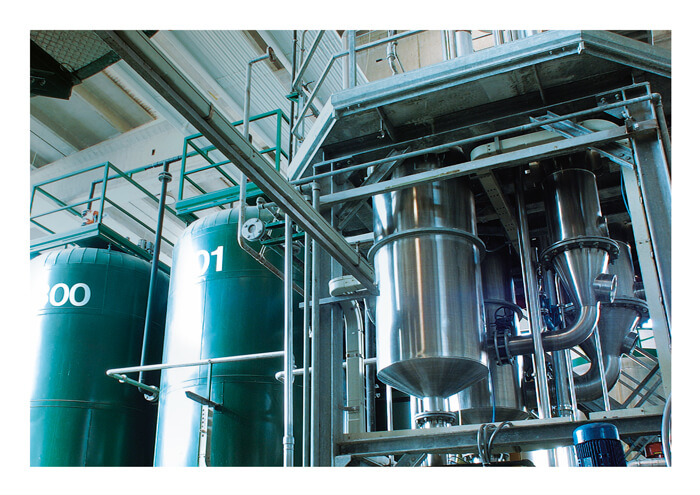Press release
ILSA chooses electricity from renewable sources
26/01/2023
(Arzignano, Vicenza. Italy) ILSA has received the certification that all the electricity purchased during 2022 used in its production plants in Arzignano and Molfetta was obtained exclusively from renewable sources.
That was possible thanks to the collaboration with Energindustria, a consortium of Confindustria Vicenza for the supply of electricity, natural gas and consultancy in resource management, of which ILSA is a member. At the end of 2021, the consortium selected a supplier who was capable of guaranteeing that its supply was entirely from renewable sources, mainly photovoltaic and wind, and that it was certified with the Certificates of Guarantee of Origin (GO) issued by the energy services national company (GSE).
“This choice was made in 2021”, ILSA Industrial Director Franco Cavazza explains, “when, even though a progressive and strong increase in energy costs was already evident, we chose to keep attention to environmental sustainability as a priority, risking to give up the more convenient supply derived predominantly from fossil sources. The average energy mix in the Italian network is made up of approximately 58% from fossil and non-renewable sources. ILSA’s choice contributed to the reduction of CO2 emissions, thus avoiding the indirect emission of over 1100 tons of CO2, which is the annual equivalent emitted by about 300 cars”.
ILSA's path in the sector of energy efficiency and the reduction of its carbon footprint dates back to 2010 when it was a pioneer in Europe in its sector obtaining the ISO 50001 certification as proof of a strategic focus on the efficient use of energy.
At the same time, the first energy efficiency projects that obtained several White Certificates were launched. The subsequent installation in 2014 of the high-efficiency trigeneration plant has allowed over the years to efficiently self-produce a large part of the electricity used in the plant. It has also allowed heat recovery generated by the system for heating and conditioning purposes of its own offices. All this has contributed to drastically reducing the plant's energy consumption, expressed in CO2 equivalent, from 0.196 to 0.127 kg for each kilogram of fertilizer produced. These are concrete results towards the sustainability of our products and our planet.






.png)
















